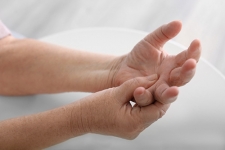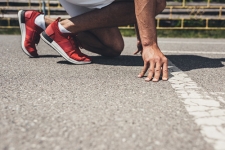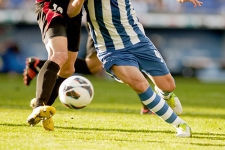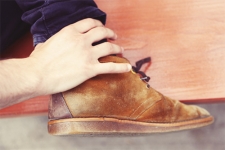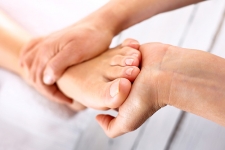The athletic shoes of today have come a long way from their predecessors, and are highly diversified at that. Present day athletic footwear is designed with specific activities in mind – including running, hiking, baseball, softball, soccer, basketball, football, tennis, and volleyball. And, it’s recommended that if you’re participating in a particular sport more than two times per week you should be fitted for and purchase shoes that have been specifically designed for that sport (such as a running shoe, court shoe, cleats, etc).
Read more


